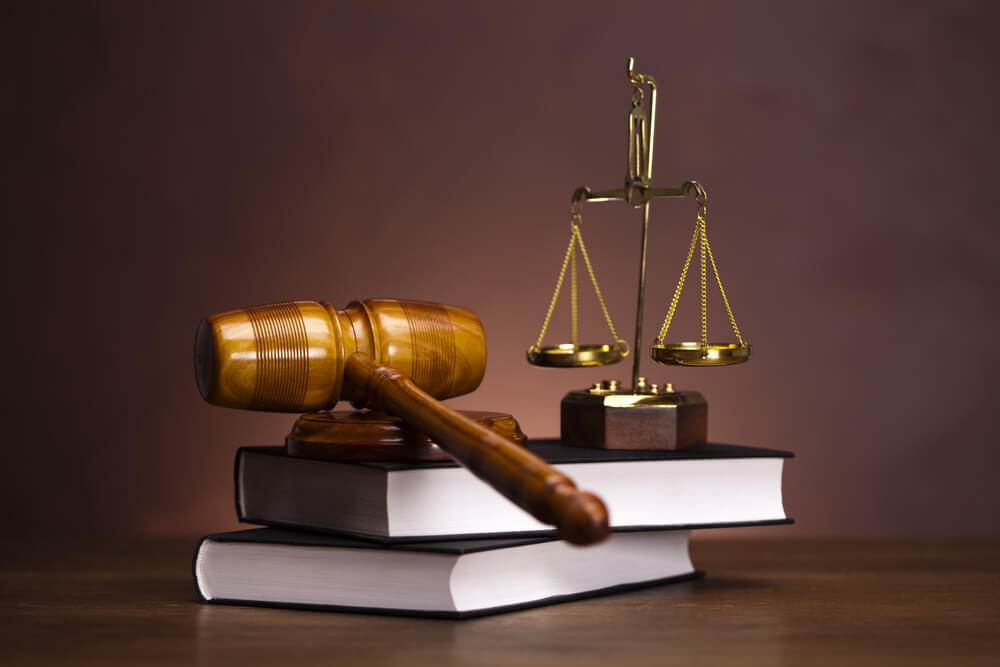When a trial begins in Santa Ana, the process will start with the plaintiff’s attorney calling witnesses to the stand to testify the facts of a case. The attorney for the plaintiff goes first and is allowed to conduct a direct examination of the witnesses testifying. That means that they are allowed to directly question any witnesses that they call to the stand to ask about the events related to the case that is being tried.

Table of Contents
What is direct examination?
When a witness takes the stand for any court trial in Santa Ana, the lawyers for the plaintiff are allowed to ask them about any photographs, documents, or other evidence related to the case. Direct examination is a way to get an explanation from a witness about what they saw, heard, or did before, during, or even after an incident that is being tried in court.
For instance, in a personal injury trial, the witness can be asked what they saw in relation to the accident, what they were doing, what they remember from the day, and anything else that they can recall. Although seemingly not important, everything that the witness is questioned about will be recorded as evidence for the judge and jury to sift through to help them decide the verdict of a case.
Although the plaintiff’s attorney does have a lot of leniencies when it comes to the type and scope of the questions that they can ask, the judge does have final approval over the questioning.
The judge can intervene if they believe that the lawyer is leading the witness with direct examination questions that are meant to box the witness into answering one way or another. But, the judge will not stop or restrict any line of questioning unless the opposing attorney objects to it.
What is an objection?
It is possible for the defendant’s attorney to make an objection to a specific question or even a line of questioning that might be leading a witness down a path that will lead to an inevitable answer. The judge then has the right to either deny or overrule the request or to sustain the request, which means that the plaintiff’s attorney must retreat, cease the line of questioning or withdraw the question before the witness answers it.
Generally speaking, a witness in Santa Ana can not make any conclusive statements when being questioned unless they have been identified as an expert witness. If someone is answering a question as a bystander or eyewitness, they are only able to give witness to what they actually saw.
They are not allowed to make any conclusive statements about why someone did something or state their opinion of who was negligent or to blame. The witnesses are just there to testify to what they heard or saw and nothing more. It is the job of the jury and judge to reach a conclusion after gaining all the evidence available.
What is cross-examination?
Once all the witnesses for the plaintiff have been questioned through direct examination, it is time for the attorney for the defense to question them regarding their answers. The process whereby the defendant’s attorney is allowed to ask questions about the answers given through direct examination is called cross-examination.
The questions the defendant’s attorney are allowed to ask are directly related to what the witness has testified about during direct examination. During cross-examination, the defendant’s lawyer is allowed to use leading questions without the plaintiff’s lawyer being able to object to the questions.
How can the witness’s credibility be challenged?
During cross-examination, the defendant’s attorney might seek to poke holes in both the story that the witness gives testimony to and to their overall credibility as a witness. They can do so by bringing counter evidence like other statements made that contradict what they testify to or parts of their story that simply don’t add up.
After the cross-examination the plaintiff’s attorney has the right to redirect the witness to clarify anything that has been said and then the defendant’s attorney can recross that testimony.
Direct examination is questioning of the plaintiff’s witnesses regarding what they witnessed related to the case, and cross-examination is when the defendant’s Santa Ana law firm can re-question to gain clarification or to challenge the credibility of what the witness said. Once both sides of the case are done, the judge and jury will go over the facts and decide how to rule in the case.




























